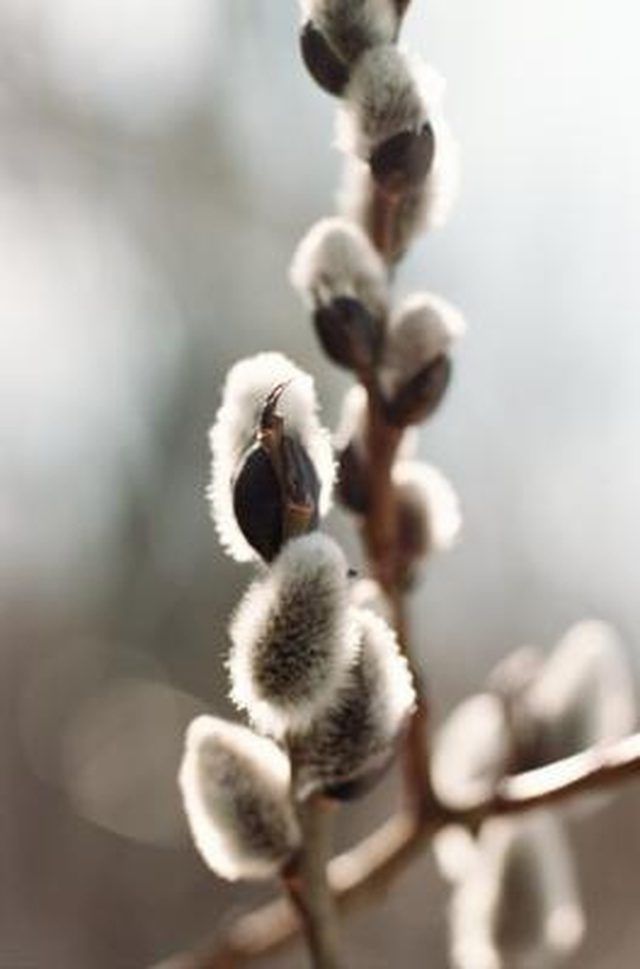Bulbs
Flower Basics
Flower Beds & Specialty Gardens
Flower Garden
Garden Furniture
Garden Gnomes
Garden Seeds
Garden Sheds
Garden Statues
Garden Tools & Supplies
Gardening Basics
Green & Organic
Groundcovers & Vines
Growing Annuals
Growing Basil
Growing Beans
Growing Berries
Growing Blueberries
Growing Cactus
Growing Corn
Growing Cotton
Growing Edibles
Growing Flowers
Growing Garlic
Growing Grapes
Growing Grass
Growing Herbs
Growing Jasmine
Growing Mint
Growing Mushrooms
Orchids
Growing Peanuts
Growing Perennials
Growing Plants
Growing Rosemary
Growing Roses
Growing Strawberries
Growing Sunflowers
Growing Thyme
Growing Tomatoes
Growing Tulips
Growing Vegetables
Herb Basics
Herb Garden
Indoor Growing
Landscaping Basics
Landscaping Patios
Landscaping Plants
Landscaping Shrubs
Landscaping Trees
Landscaping Walks & Pathways
Lawn Basics
Lawn Maintenance
Lawn Mowers
Lawn Ornaments
Lawn Planting
Lawn Tools
Outdoor Growing
Overall Landscape Planning
Pests, Weeds & Problems
Plant Basics
Rock Garden
Rose Garden
Shrubs
Soil
Specialty Gardens
Trees
Vegetable Garden
Yard Maintenance
About Pussy Willows
About Pussy Willows. Pussy willows --- also known by their technical name Salix discolor --- are willow trees commonly found in wet growth environments. They are native to the Canadian wetlands and the eastern United States, although they have the ability to thrive in most environments if given plenty of water.

Pussy willows --- also known by their technical name Salix discolor --- are willow trees commonly found in wet growth environments. They are native to the Canadian wetlands and the eastern United States, although they have the ability to thrive in most environments if given plenty of water.
Facts
The average height range for pussy willows is between 20 and 35 feet, with the tree having a total spread between one-quarter and one-third of its height. The tree will grow 4 to 6 feet each year, reaching maturity in about 5 years.
Features
Pussy willows have both male and female sex trees. The pussies --- call catkins --- typically bloom in early spring (February-March), with the pussies turning into flowers by April. Catkins on the male tree are different than those on the female tree, and are typically better looking.
Considerations
While pussy willow trees do not take too much space to grow, their roots are invasive. They can ruin septic tanks and water lines. Heavy pruning is necessary to keep pussy willows strong, healthy and looking clean. Full sun is preferable when planting, although the trees can handle partial shade.